
Proto1 Implementation of NeuroCuddl (Left: Respiration Sensor & VR, Right: Haptic Feedback Unit)
Why?
Depression, Anxiety and chronic stress are among the most common and highly debilitating mental ailments which affect people across different demographics and ages. Over long term it can increase chances of destructive behavioural tendencies such as substance abuse and suicidal tendencies. Mental ailments have huge costs on both a personal level and societal level. There is a need for an effective prevention and long term treatment programs that are tailored to an individual. Virtual reality (VR) has been used for decades as a tool for psychotherapists to aid people with Post Traumatic Stress disorder and adverse phobias existing systems. This performed by usage of exposure therapy which allows a person to experience the scenario in a safe and controlled manner helping release anxiety and other symptoms. Large scale adoption in recent years has been due to advent of affordable Virtual Reality headsets. VR therapy alone however is not a complete solution. Lack of biophysiological sensing hampers assessment of a given therapy’s effectiveness. Many VR therapy apps do not take advantage biofeedback mechanisms(Respiration/Heart Rate Variability) which have been widely used for other mental health treatments. Further a lack of patient specific modulation of the stimulants provided to patient reduce effectiveness of therapy. Body haptic feedback is a significant component that is lacking in current VR therapy. Far too often pseudoscientific and vague therapeutic methods marketed to people suffering from mental ailments and there is no reliable metric that comes along with those methods which allow users to gauge their mental state. Zen based relaxation techniques and other eastern approaches to relaxation are hindered by lack of access to a proper trainer to provide feedback in home sessions. Our goal with NeuroCuddl is to create an open platform that can use validated and data backed approaches to aid themselves and be customizable to serve them better.
With a reliable base platform and support for expansion we believe the community can develop “experiences” or adding other sensors(Electrodermal Activity? Facial EMG?) or actuators.

Fig 1: Storyboard sketch shows how NeuroCuddl helps Jacob by solving his physical and mental health related problems
How?
Our solution would use a combination of validated techniques for to provide relief. Biofeedback, A validated approach for mental wellness would form the basis of a patient specific training regimen and provide feedback in form of thermal & muscular and audio-visual stimulation provided by the a haptic unit (Thermal and Muscle stim) and a VR headset respectively.

Fig 2A: Sketch of the proposed solution
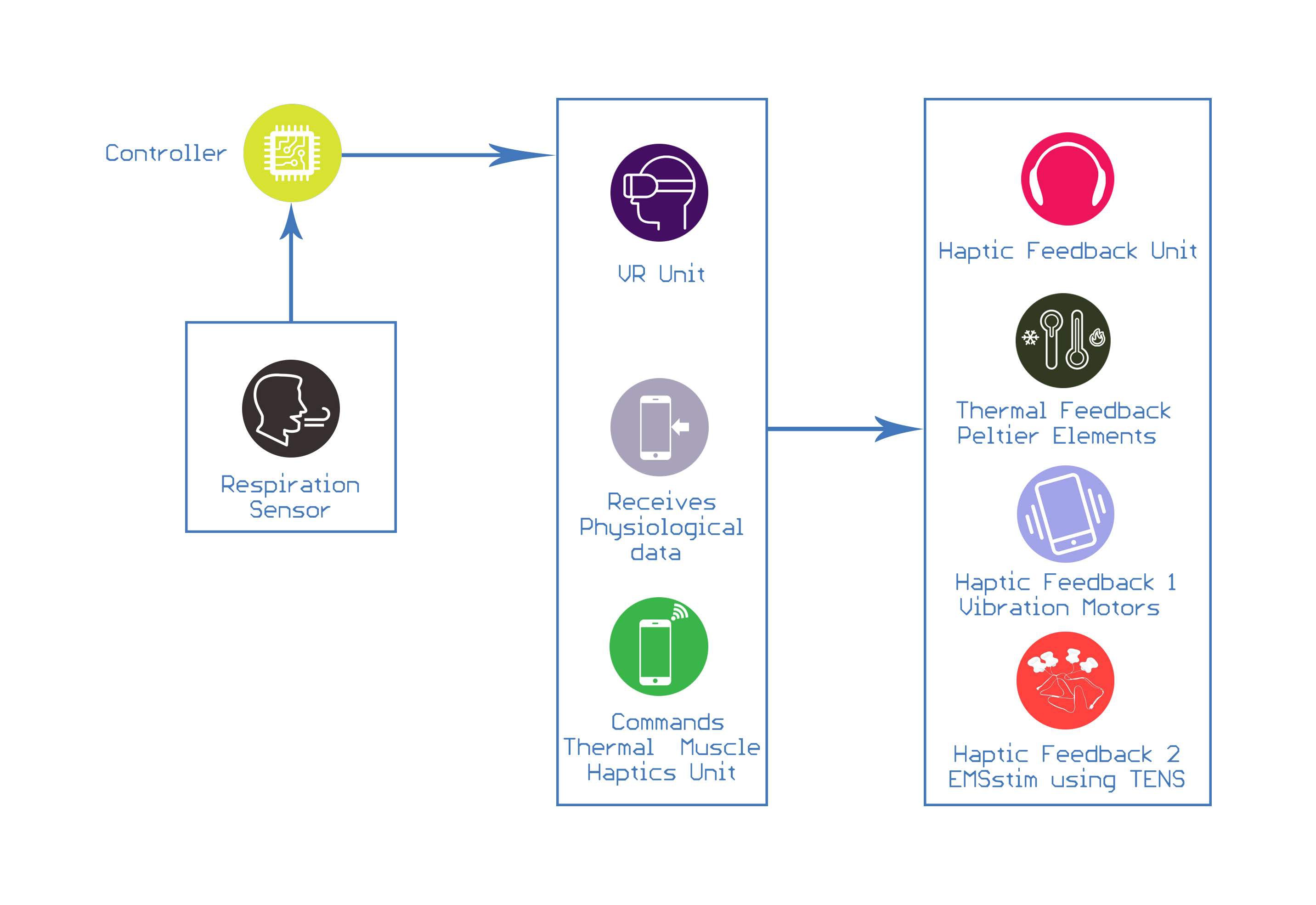
Fig 2B: Overall Architecture of NeuroCuddl
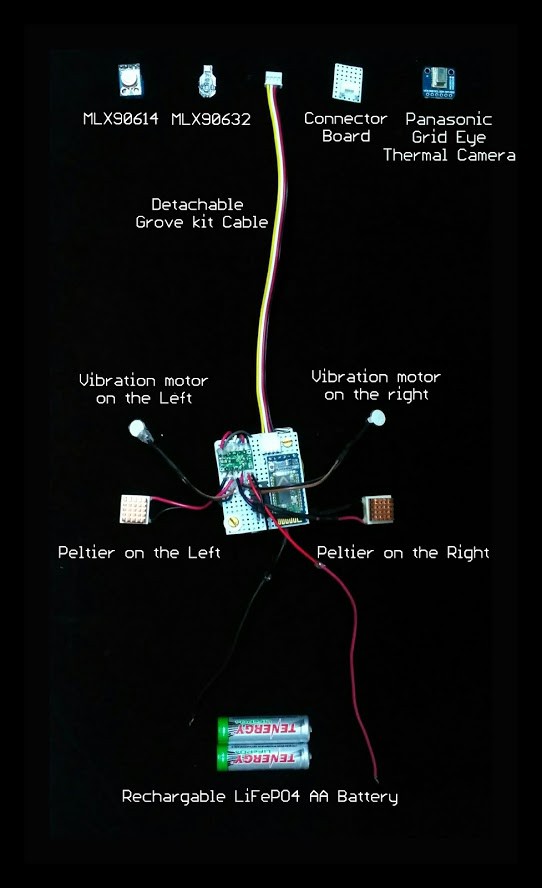
Fig 2C: Layout of the Haptic Feedback Unit - Proto1
The system envision would complete the feedback loop as shown below, the existing solutions looked at the top half of the breathing feedback loop only providing stimulation. By providing sensory reaction back to system, we hope to improve compliance and performance of the system.
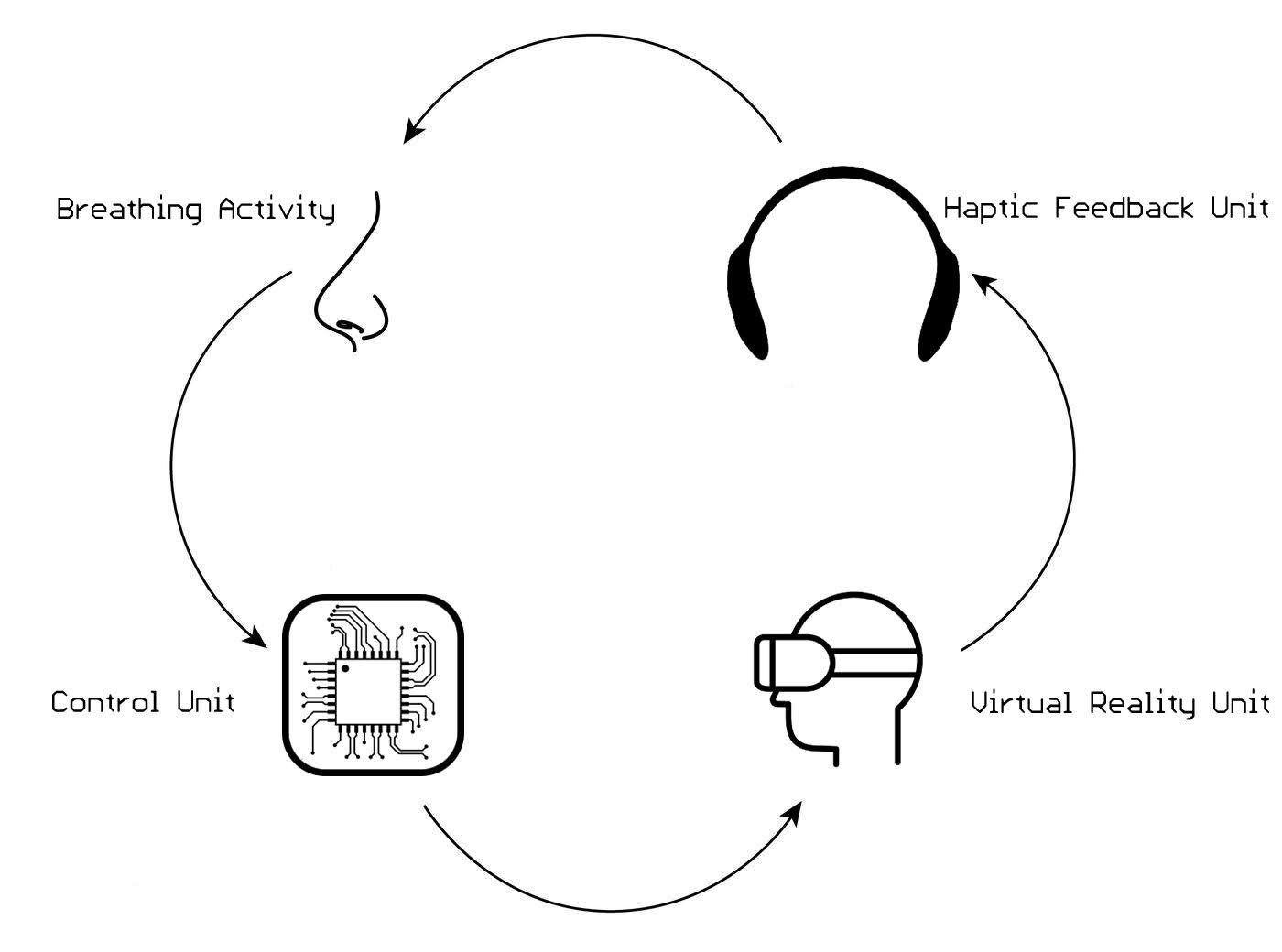
Fig 2D: Brief layout of how the various systems would interact with each other
Biofeedback & Mental State assesment:
Biofeedback is a technique which uses provides a person awareness on immediate and continuing signals due to a bodily function that the user is not usually conscious of. Biofeedback techniques are well known to facilitate treatment for a wide variety of disorders with a psychosomatic symptoms...
Read more » Varun Suresh
Varun Suresh
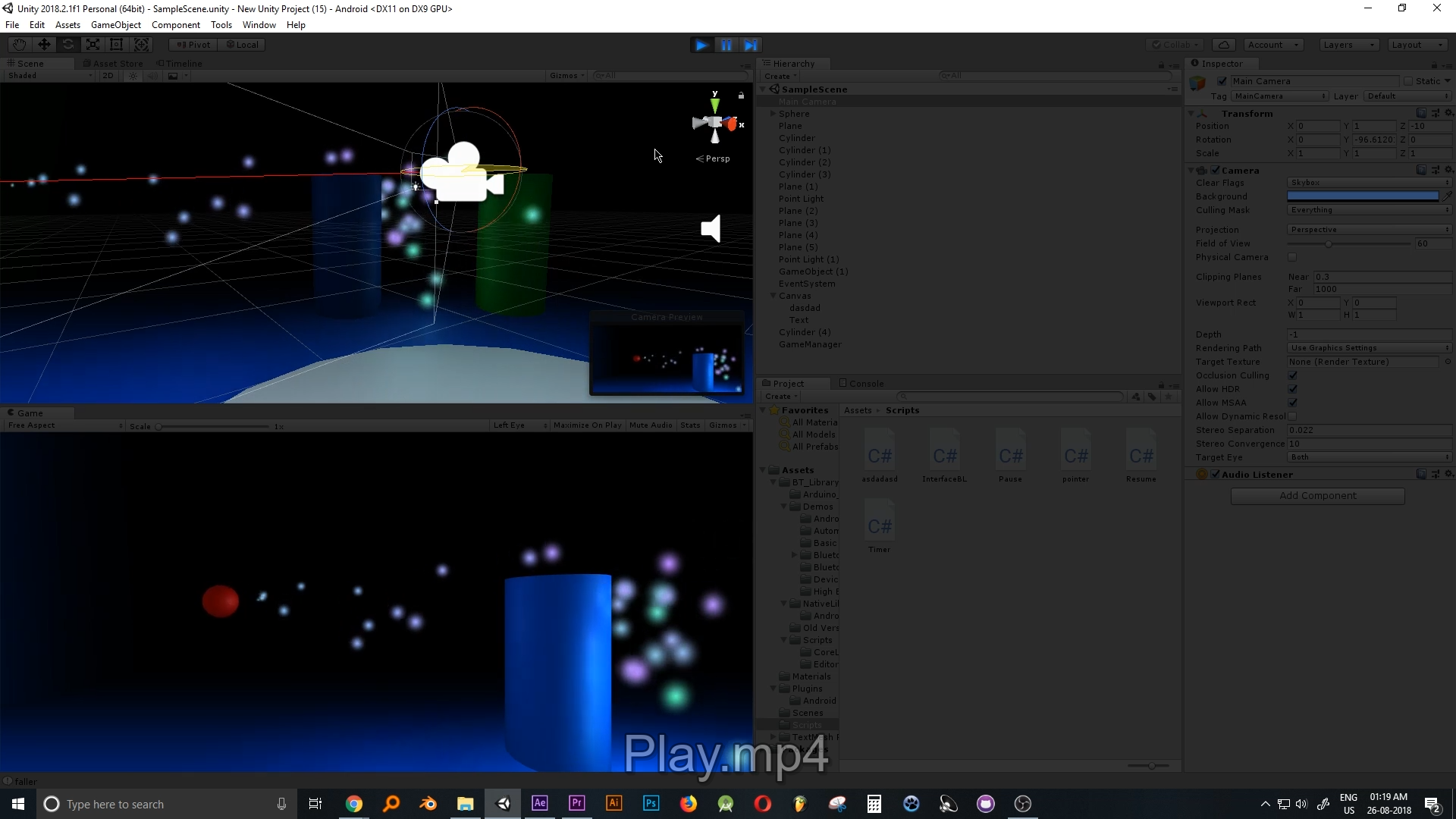

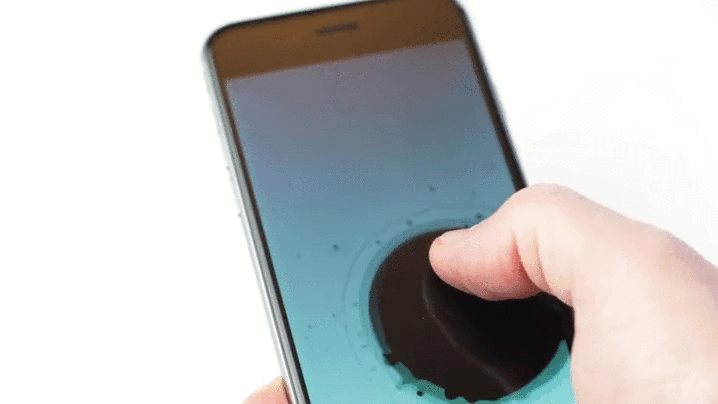
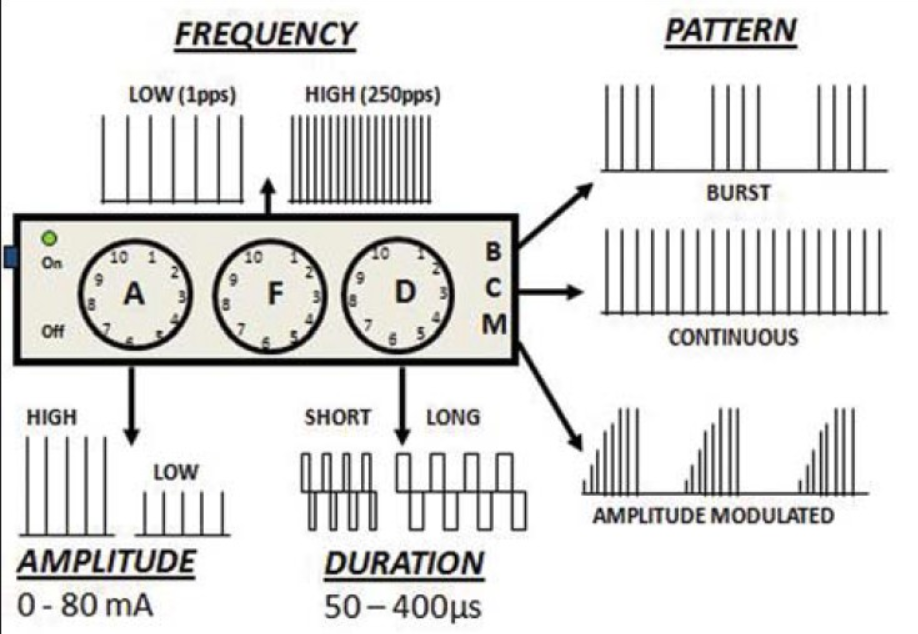
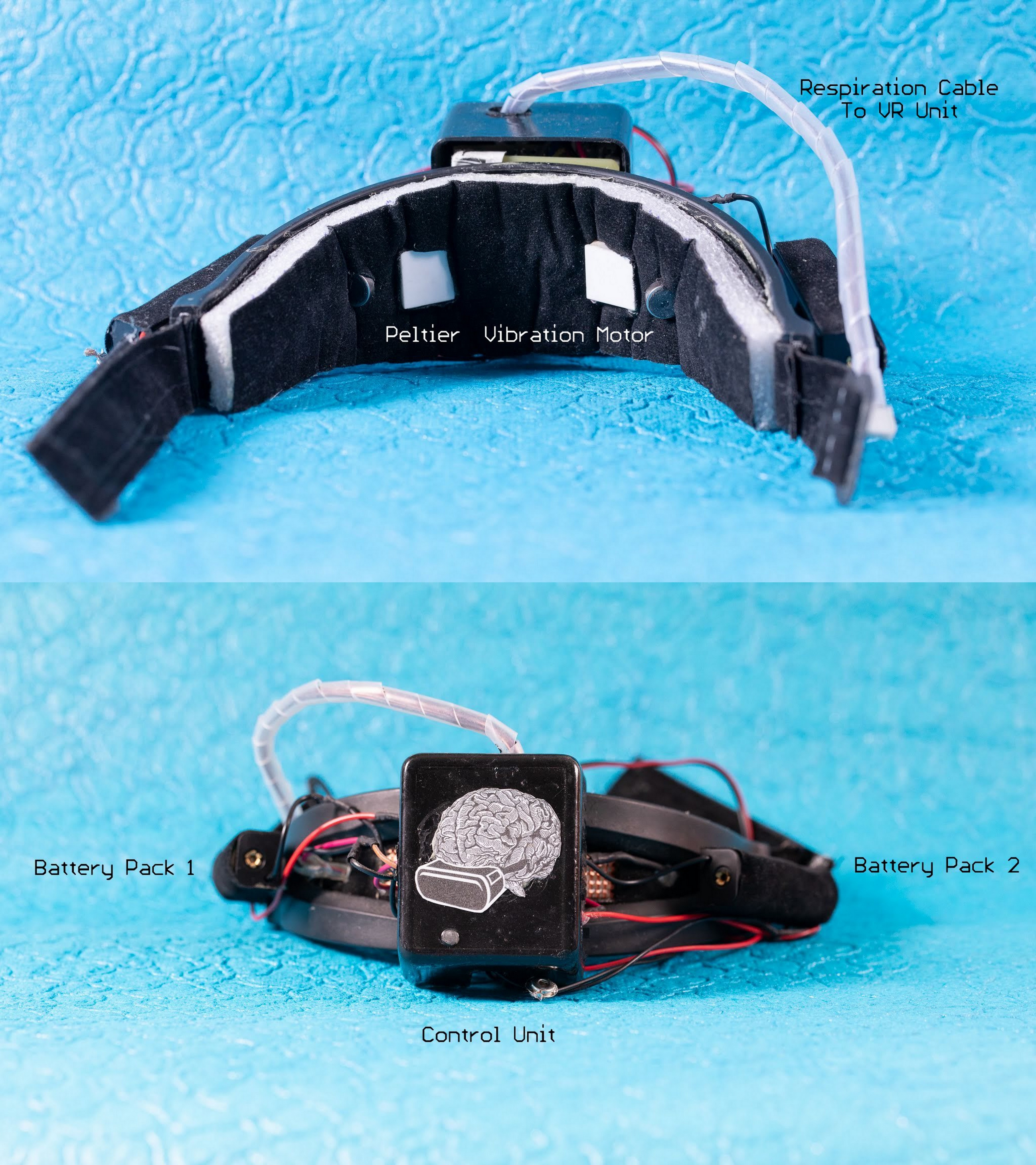

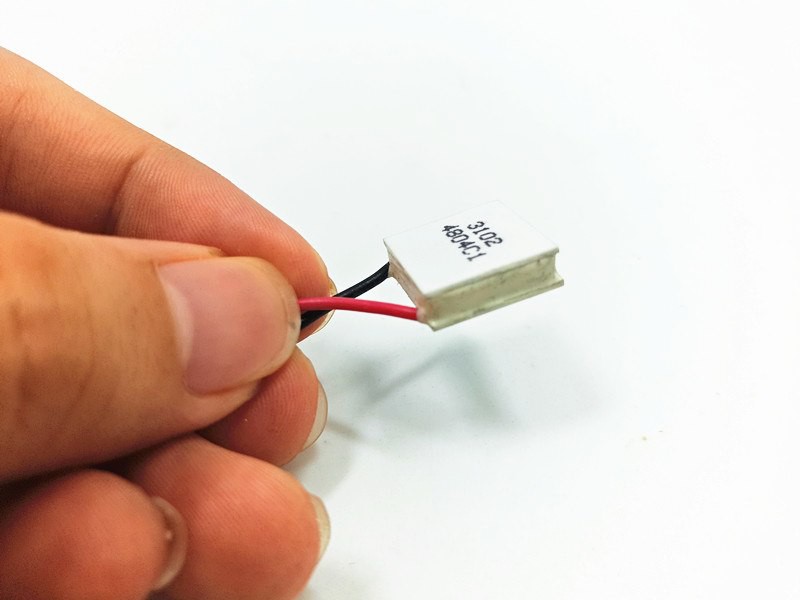

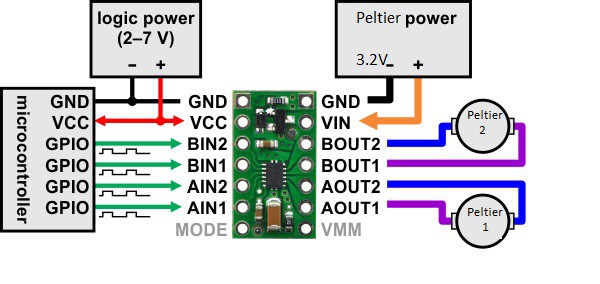


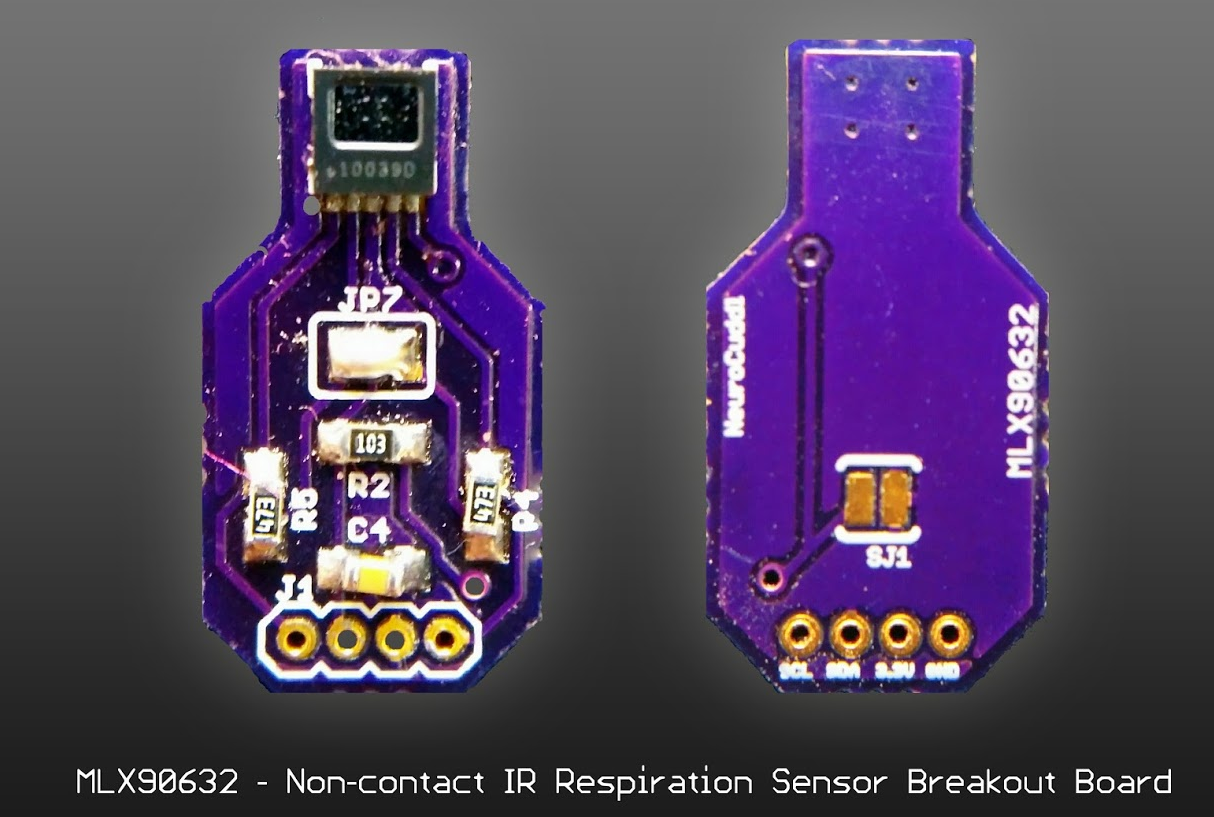

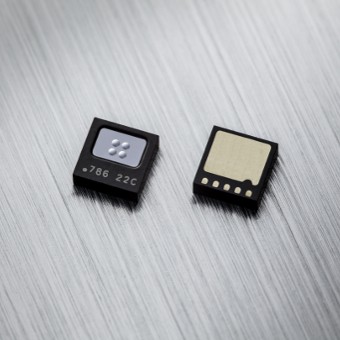




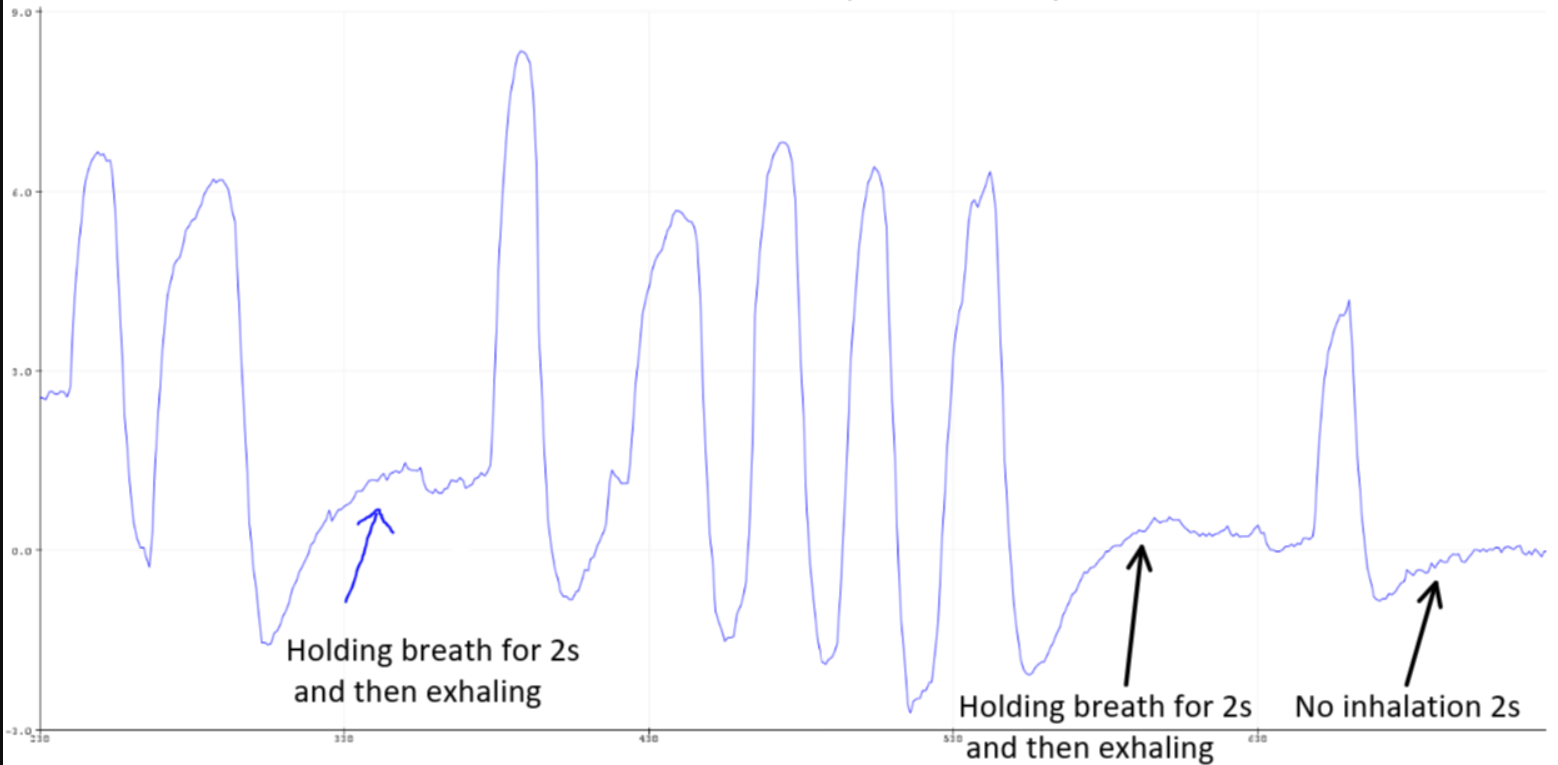

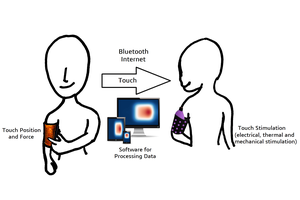
 Leonardo Gomes
Leonardo Gomes
 Manoj kumar
Manoj kumar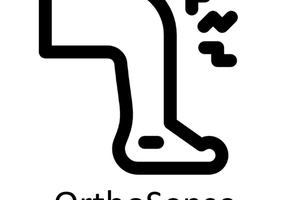
 Vignesh Ravichandran
Vignesh Ravichandran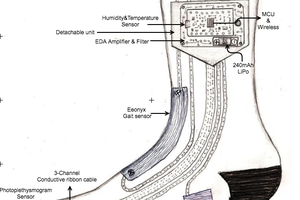
 Naveen Sridharan
Naveen Sridharan
Wow, this is an interesting decision. Can I repost your post on https://trustsession.com/? This is a site with various works and articles about mental health. I think our community will be so excited about that.